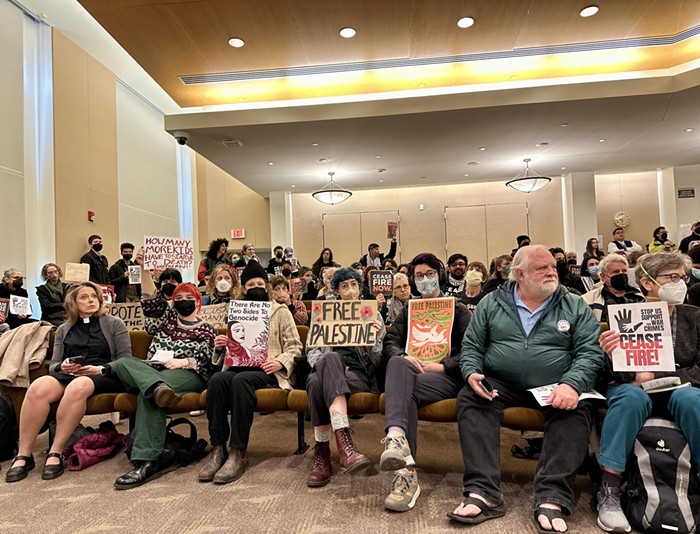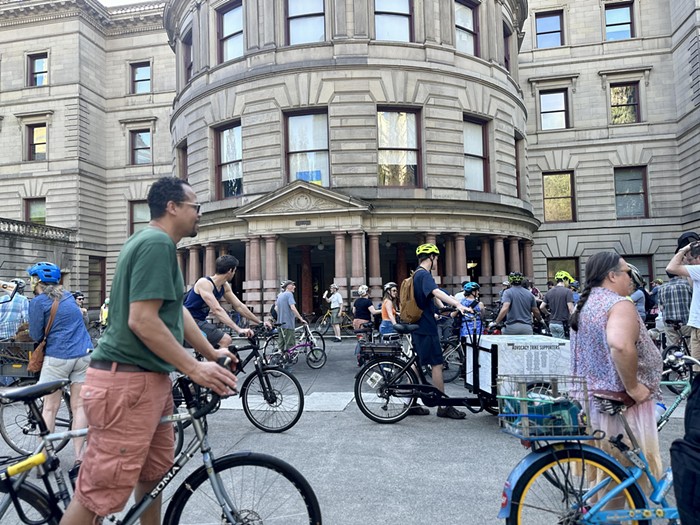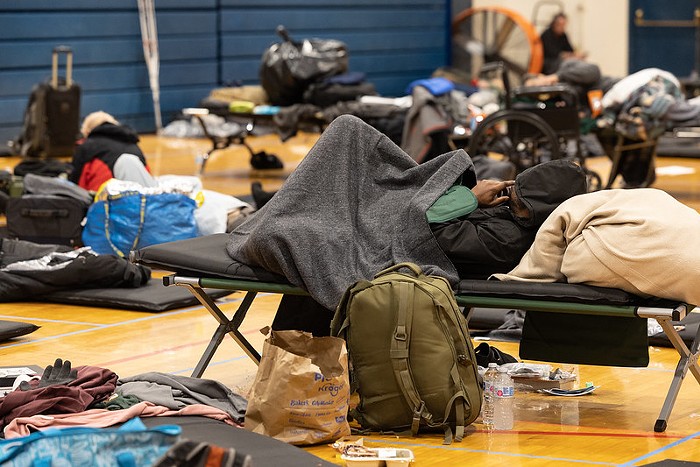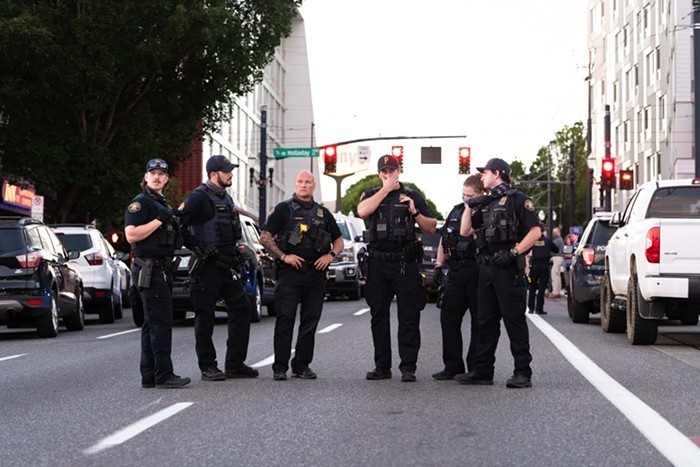The facts are well known: On May 5, 2003, James, a 21-year-old black woman, was partying late at night with two friends. After failing to brake for a stop sign on N Skidmore, a police officer pulled over their car.
What happened next has been at the center of a $10 million lawsuit. Officer McCollister has maintained he feared for his life, therefore he shot James in the back.
Represented by Milton Grimes--the LA attorney who represented Rodney King in his ill-fated case a decade ago--the plaintiffs began their civil case against McCollister on Monday, June 20. All last week, the plaintiff attorneys called on a string of witnesses, with the most emotional testimony coming from James' father, who recounted his daughter's love for dancing as well as her decline into drugs. He also lamented over not having enough money to give her a proper headstone.
Obviously unmoved by heart-tugging testimony, the jury focused on the central question: What exactly happened in those few seconds when McCollister leaned into James' car?
Ever since the shooting, McCollister has insisted that 80 percent of his body was in the car; an attempt to wrestle James from the vehicle. McCollister claims the car then lurched forward and he feared for his life. Under Oregon law, an officer is automatically justified to take any action necessary, if his life is in danger.
But last Thursday, that version of the story came into question when plaintiff attorneys called an eyewitness to the stand who testified she saw the police officer step out of the car before firing the fatal shot. Also a forensics expert said he could not find any gunshot residue inside the car, calling into question testimony that the pistol was fired inside the vehicle.
The most jarring testimony came when attorneys cross-examined police officer Ken Reynolds, who was also at the scene on May 5. Reynolds stated he had tried to subdue James with a taser. But this version of the story calls into question exactly how Reynolds could have squeezed into the car past McCollister, whose hulking 225-pound frame would have filled the entire doorframe. Even so, these questions did not raise enough doubt in the minds of the jurors.
Although that jury verdict dismisses the final attempt at legal recourse for the James family, it is likely that the shooting will remain an unresolved and volatile issue within the community, as many residents continue to wonder how three white officers could not subdue a 120-pound black woman without shooting her to death.


















